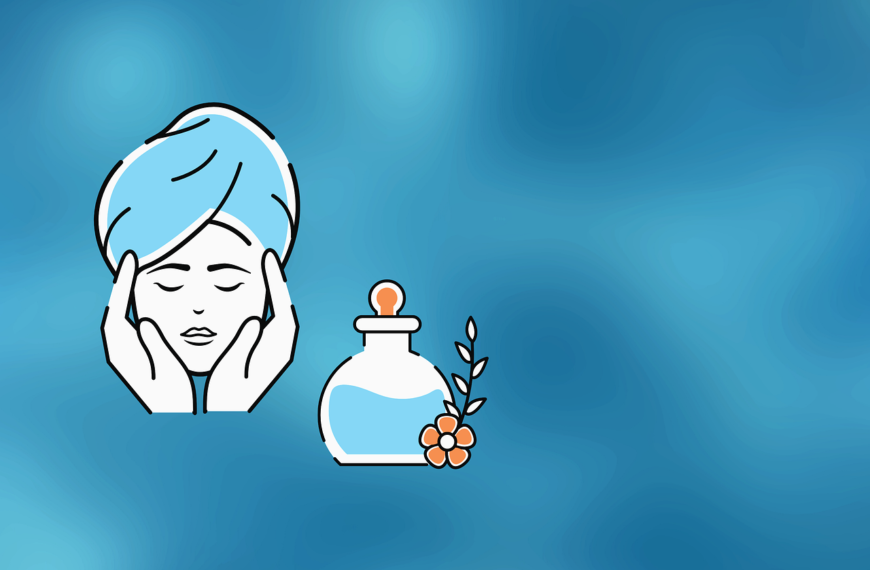We often underestimate the simplest tools for wellness. A daily walk in a park. A quiet trail on a Sunday morning. Just 20 minutes around trees and birdsong. It sounds basic, even boring, until you realize what it’s actually doing to your brain. Nature walks are one of the most powerful—and underrated—boosts for mental health and creativity.
Let’s break down why this works, how it impacts your body and brain, and what this means for individuals, workplaces, and even the best pharmaceutical companies aiming to support well-being at a deeper level.
The Mental Health Crisis: A Brief Context
We’re living in an era where anxiety, burnout, and brain fog are practically baseline. Long hours. Screens. Notifications. Commuting. Deadlines. Even in cities like Bangalore—India’s tech and innovation hub—people are finding themselves more connected digitally but disconnected from their own minds.
Healthcare experts and pharmaceutical companies in Bangalore are well aware of this growing crisis. While medicines play a role in treatment, many professionals are now turning to complementary therapies like nature exposure to support long-term mental wellness.
What Happens in Your Brain During a Nature Walk?
Here’s what actually goes on when you leave your desk and head outdoors:
1. Cortisol (Stress Hormone) Drops
Spending even 15–20 minutes in a green space can lower cortisol, the hormone your body produces when you’re stressed. A study by Stanford University found that nature walks reduce rumination—a pattern of negative thought loops often linked to depression.
2. Prefrontal Cortex Gets a Break
This is the part of the brain responsible for decision-making, planning, and social behavior. In other words, your inner task manager. In nature, activity in this region slows down, allowing your brain to recharge. You may notice better mood and clarity after a walk, and that’s no accident.
3. Hippocampus Becomes More Active
This part of the brain is linked to memory and emotional regulation. Regular exposure to green environments has been shown to enhance hippocampal activity, improving not just mood but also your memory and learning ability.
Why Nature Sparks Creativity
Mental fatigue isn’t just about feeling tired. It’s about your brain hitting a wall after being bombarded with information all day. Here’s how nature helps you push past that wall:
1. Soft Fascination
Unlike city environments full of loud cars and flashing screens, nature doesn’t demand your attention aggressively. It gently holds it. This is called “soft fascination.” Your brain stays lightly engaged, which allows your deeper thought processes—like creative problem-solving—to activate.
2. Mind-Wandering with Purpose
In nature, your mind wanders more freely. But instead of spinning in worry, it shifts toward idea generation and reflection. Many creative professionals, from designers to writers, swear by outdoor walks as part of their process.
3. Default Mode Network (DMN) Activation
The DMN is a network in the brain that lights up during introspection, imagination, and future planning. It tends to activate more strongly in restful, natural environments. Think of it as your brain’s “idea incubator.”
Urban Nature: It Still Counts
You don’t need a mountain hike or a remote forest to experience these benefits. A city park, a tree-lined street, or even a rooftop garden can offer meaningful mental health improvements. That’s good news for people living in busy areas like Pithampur or Bangalore—where space is limited but green planning is becoming more intentional.
Some of the best pharmaceutical companies in Bangalore have even integrated urban nature into their campuses: walking paths, green walls, indoor plants, or outdoor seating surrounded by trees. Why? Because a happier employee is more focused, innovative, and productive.
Nature Walks and Pharmaceutical Innovation
Here’s something that doesn’t get talked about enough: creativity in the pharmaceutical industry. When we think of the best pharmaceutical companies, we think of research labs, clinical trials, and high-tech manufacturing. But none of that happens without a constant stream of ideas, insight, and collaboration.
Companies—whether it’s a pharmaceutical company in Pithampur or a pharmaceutical company in Bangalore—are now encouraging creativity through nature-based strategies like:
- Green Breaks: Encouraging employees to step outside between tasks.
- Outdoor Meetings: Walking meetings or brainstorming sessions in the garden.
- Nature Zones: Designated quiet outdoor areas for reflection and focus.
- Nature-Inspired R&D Retreats: Taking scientists out of the lab and into nature for ideation.
The result? Teams come back refreshed, and often, with better solutions to complex problems.
The Science-Backed Benefits
Let’s run through a few science-backed facts. Nature walks have been shown to:
- Reduce symptoms of anxiety and depression
- Improve short-term memory by up to 20%
- Increase creativity scores by up to 50% in some test conditions
- Help regulate sleep and circadian rhythm
- Lower blood pressure and heart rate
- Strengthen immune response by increasing natural killer cells
This makes nature a compelling ally—not just for individuals but also for employers, educators, and health systems looking for effective, low-cost mental health tools.
Making It a Habit: Tips for Consistency
Knowing that nature walks are good for you is one thing. Making them part of your life is another. Here’s how to build a routine around it:
1. Start Small
Don’t aim for a one-hour hike every day. Begin with 15 minutes in the nearest park or even your building’s green patch. Consistency matters more than intensity.
2. Pair It With Another Habit
Walk after lunch. Take your morning coffee outside. Or take calls while walking around a tree-filled area.
3. Leave Your Phone in Your Pocket
The benefits are stronger when you’re not distracted. No scrolling, no checking emails. Just walk and notice.
4. Make It Social (Sometimes)
Invite a colleague or a friend for a walk-and-talk. It can build relationships while also giving your mind a break.
A Tool for Everyone—Not Just the Stressed
Here’s the thing: you don’t have to wait until you’re burnt out to benefit. Nature walks are preventive, not just corrective. They sharpen your mind, improve your emotional resilience, and help you feel more connected—to your environment, to others, and to yourself.
Whether you’re a college student prepping for exams, a mid-level employee in a pharmaceutical company in Pithampur, or a creative lead in a pharmaceutical company in Bangalore, nature walks work for you.
Rethinking Mental Wellness Strategies in Pharma
Mental health isn’t separate from productivity or creativity—it’s the foundation. The best pharmaceutical companies are beginning to understand this, expanding their wellness strategies beyond standard EAPs and gym memberships. Nature walks are increasingly part of employee well-being programs, mindfulness initiatives, and even leadership retreats.
Some progressive firms are:
- Funding nature immersion programs for high-stress departments
- Partnering with NGOs to improve public park access near factories and offices
- Building walking trails within office premises
- Including outdoor breaks in shift schedules for frontline staff
This isn’t just HR fluff—it’s neuroscience in action. And it pays off in engagement, retention, and performance.
Final Thoughts
Nature walks aren’t a trendy wellness hack. They’re a timeless, accessible, science-backed way to boost mental clarity, regulate emotions, and spark your most creative thinking. And as mental health becomes a central concern for both individuals and corporations, integrating nature into daily life is one of the smartest moves you can make.
So the next time your brain feels cluttered or stuck, don’t reach for another coffee or scroll through your phone. Step outside. Walk where there are trees. Let your brain breathe. You’ll be surprised what it comes up with when it finally gets a break.










